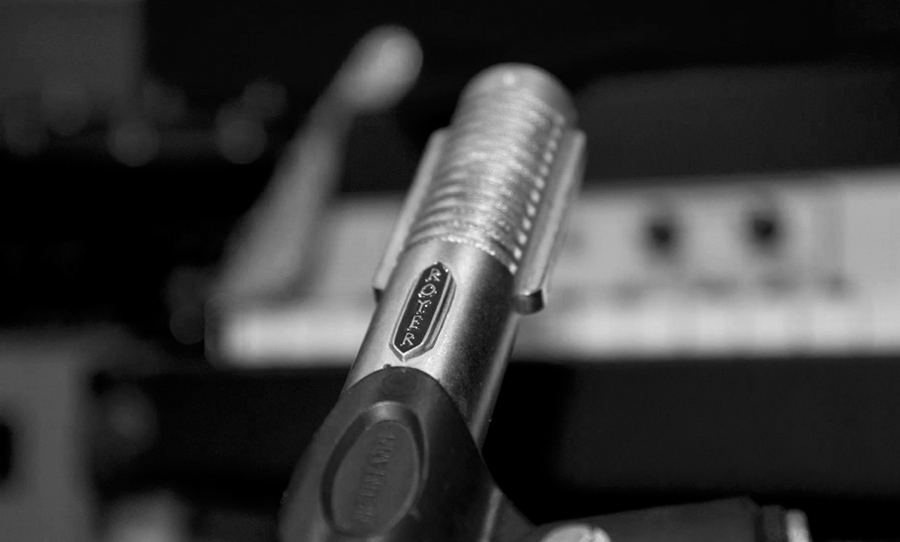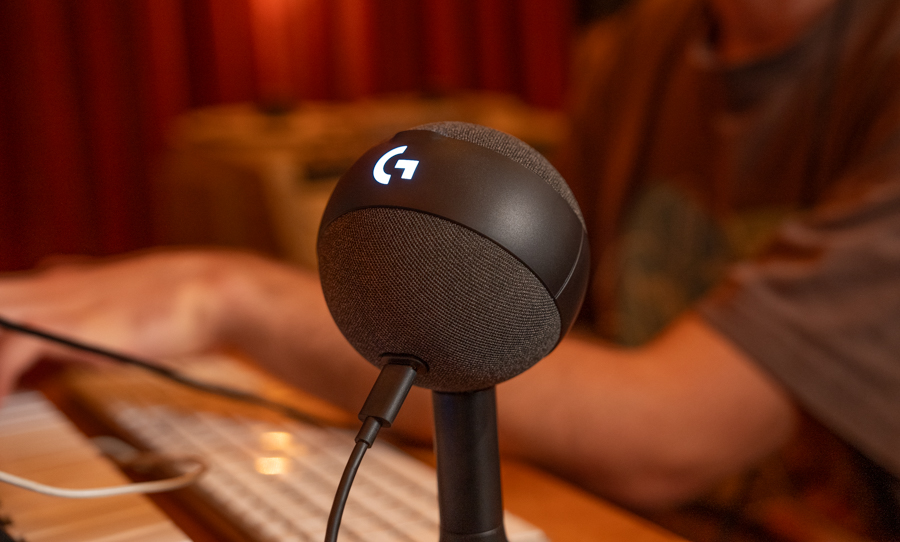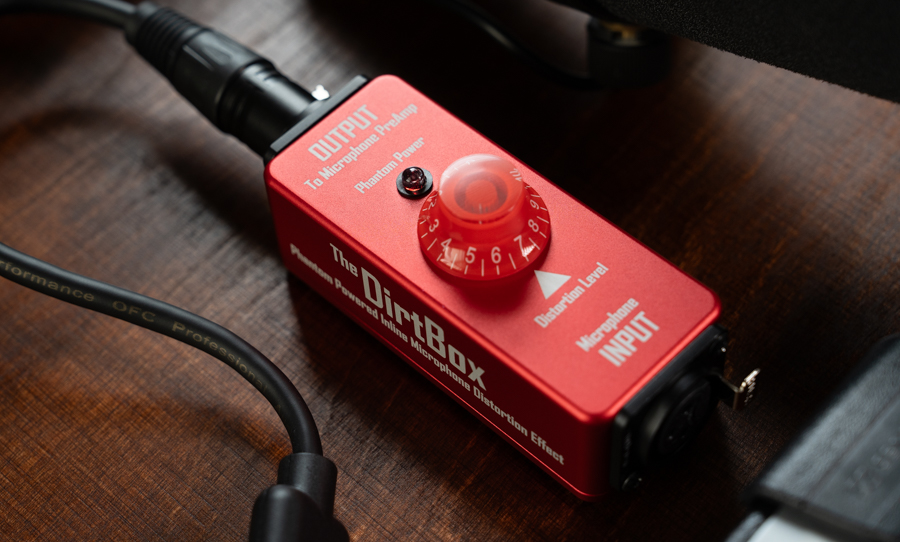Experimentation is the key to covering new sonic territory, but it can be easy to get lost along the way. Here are 2 tips to help you make better microphone choices.
The question of how we use each type of microphone works on more than one level. To someone that’s never been in a studio, the entirely reasonable assumption might sound something like, “If microphones just capture sound, why are there so many types? Shouldn’t they all do the same thing?” Microphone choices can be more complicated than that.
For the studio professionals, the microphone choices are driven by technical aspects: they know what the different mics do. But why do the same mics continue to be selected for the same applications? When we think of the kick drum, why do we instinctively reach for the D112? Why do barely think twice before we whack a 57 on the guitar cab? For the floor tom, you can’t go past a trusty 421, right?
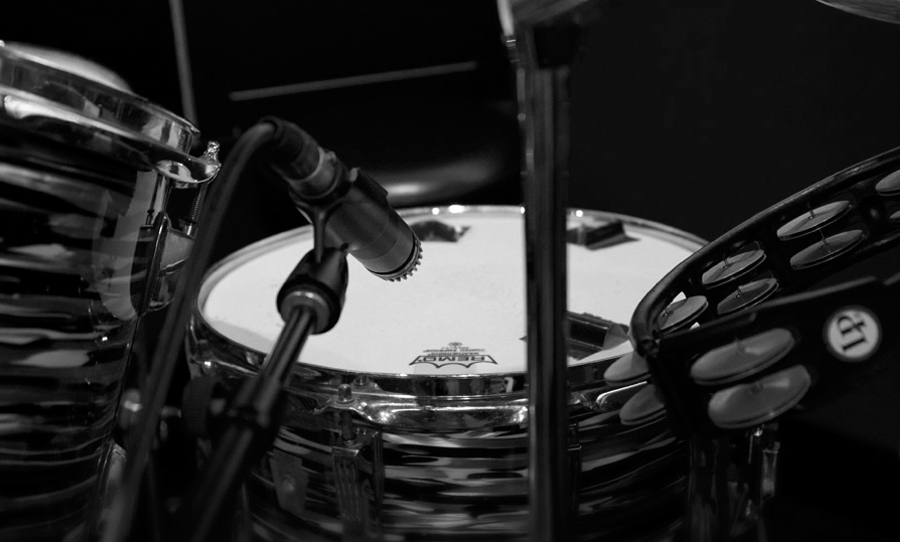
There’s a reason why these selections spring to mind: they sound good. And for those who’ve learned by watching other more experienced engineers go about their craft, they’ve heard the proof, dozens of times.
In a relatively short amount of time, the art of making a recording has evolved enough to produce clear operational structures and rigorous routines. Why? There’s a lot to remember. Keeping on top of a hundred small decisions can be really tough; getting lost in the minutia is unnervingly easy. Throw-in some troubleshooting, which inevitably happens with so many moving parts to contend with, and time has a tendency to slip away rather quickly. Therefore a shortcut to a reliable sound, with tried and tested microphones makes a lot of sense.
But if you can build a little bit of experimentation into your miking routine, without disturbing the flow of a session, you might elevate your sound from the reliable to the inspired.
Alternate Options (Having a B-team)
Confident experimentation: hell yes!
Aimless thumb-twiddling: um, no thanks.
Having an alternative mic to your favourite for a particular job might save a lot of time and help you pull a unique and decisive tone. Quite simple to do really — when you’re making a mic list for a session, make sure you have one or two reserve mics for each channel (this method also provides the additional benefit of accounting for all your mics in a session and making sure you don’t run out of any particular type of microphone).
So when you get to a session and you realise that those small-diaphragm condensers that you usually use for drum overheads aren’t working the way you want them to, you’ll be ready to switch them out in a second, for say, a pair of darker ribbons. Incidentally, looking like a smooth operator in control of a potentially complicated situation instead of a frazzled and ultimately negative presence in the studio can inspire confidence in the artist and the rest of the production team.
Having an Abbey Road-sized mic locker isn’t a prerequisite for this approach either. Working with a modest pallet of microphones should still provide for at least some variety and lend character and conviction to the recording. It’s all about knowing what you have intimately and being empowered to make astute decisions.
Knowing The Specs of Your Microphones
Reading the manual is important in this case because knowing the specs will tell you how your microphone will behave in any given situation.
The two major specifications to look for in the manual for an unfamiliar mic is the frequency response and the polar pattern. The frequency response will show you which frequencies are translated in their truest form through the microphone.
For example, if the frequency response chart has a 0dB reading at 1 kHZ, that means that the microphone will not boost or cut that frequency. Therefore, you will hear a true representation of 1 kHz by using that microphone (acoustic environment notwithstanding).
In a broader sense, microphones that have a boost in their response will sound brighter to higher frequencies. For some applications – the human voice for example, where there is a high importance on clarity – that might be fit for purpose. Too much of a boost, however, and things can begin to sound harsh and unpleasantly ‘toppy’.
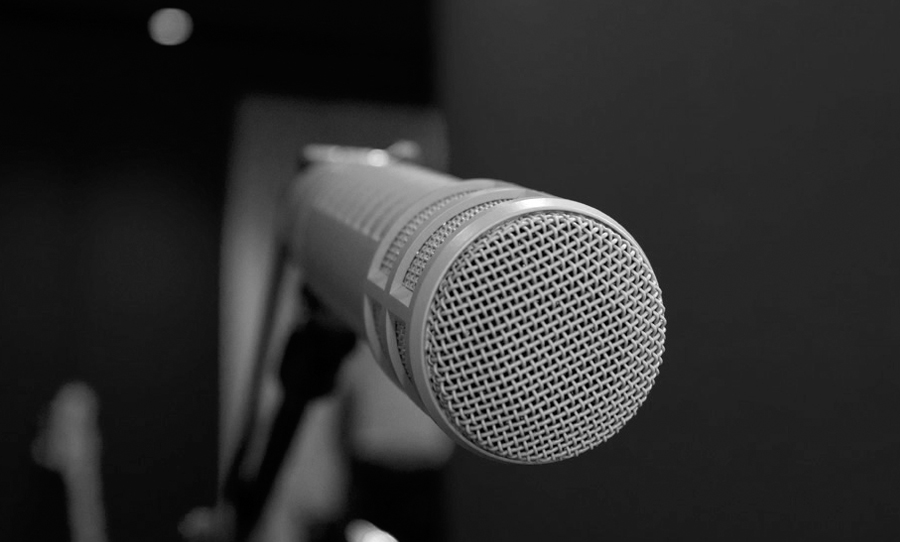
To sum up, the more you understand the mic’s performance throughout the frequency spectrum, the more informed the choices you’ll be able to make when pairing it up with a sound source.
The polar pattern determines the directionality of a microphone: being aware of this characteristic is vital for the best placement of a mic in relation to any given sound source. The most common is the cardioid pattern, which is most sensitive at the front, least sensitive at the back with varying degrees of off-axis sensitivity.
Hypercardioid is like the cardioid, but narrower in its field of sensitivity, with a more marked rejection of off-axis sound. Omnidirectional responds equally to a 360-degree spectrum of sound and Figure 8 has an equal response from the front and rear, with severe rejection on the sides. Most microphones will have only one polar pattern available, but some can be switched and some have interchangeable capsules which change their patterns.
Knowing these two aspects of any microphone that you use will help you to make profitable judgements about their character and suitability. It’s well worth investing a small amount of time to understand these parameters thoroughly.
These approaches to microphone selection represent a beginning to recording a special sound. These tools are the first link in the signal chain and deserve attention and interest. As mentioned in the introduction, yes, they all essentially have the same job – to capture sound. But when you hear your recording played back to you, you should ask yourself, “is what I’m hearing a true representation of the sound?”
If the answer is no, going back and questioning your microphone choices is worth the time.
